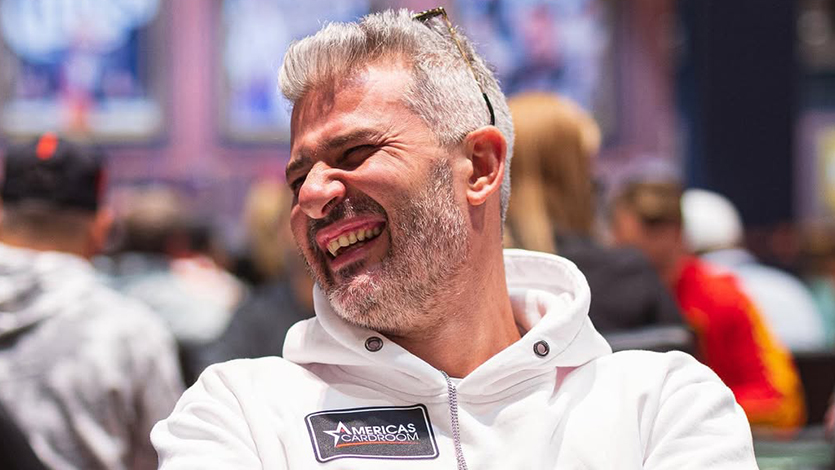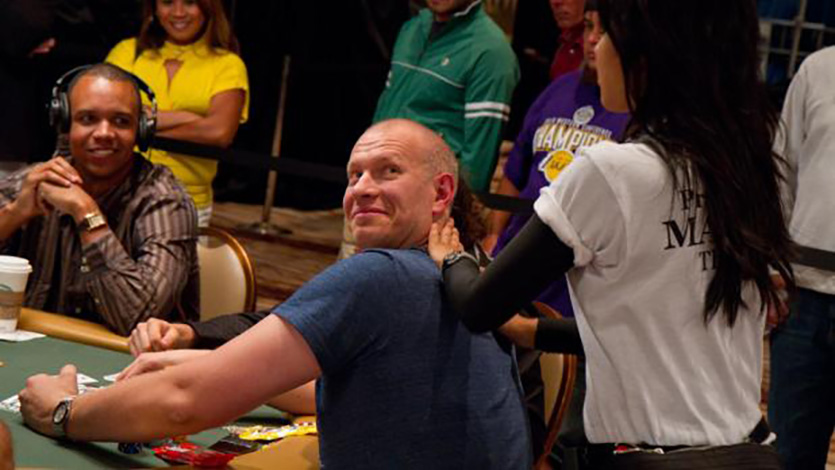

ENG
GER
SPAThis site has not yet been translated into the selected language.
PORThis site has not yet been translated into the selected language.
Online-Poker spielen.
Seit 2006
Wir wissen, wie man Pokerräume herunterlädt und gewinnbringend spielt. Seit 2006 in Betrieb mit über 12.000 zufriedenen Spielern.
die besten Zimmer für USA 🇺🇸
-
 CoinPoker
100% bis zu 700 USDT
CoinPoker
100% bis zu 700 USDT
-
 PokerKing
100% bis zu 2000 $
PokerKing
100% bis zu 2000 $
-
 WPT Global
WPT Global
-
 888poker
100% bis zu $1.000
888poker
100% bis zu $1.000
-
 GGPoker
100% bis zu $600
GGPoker
100% bis zu $600







